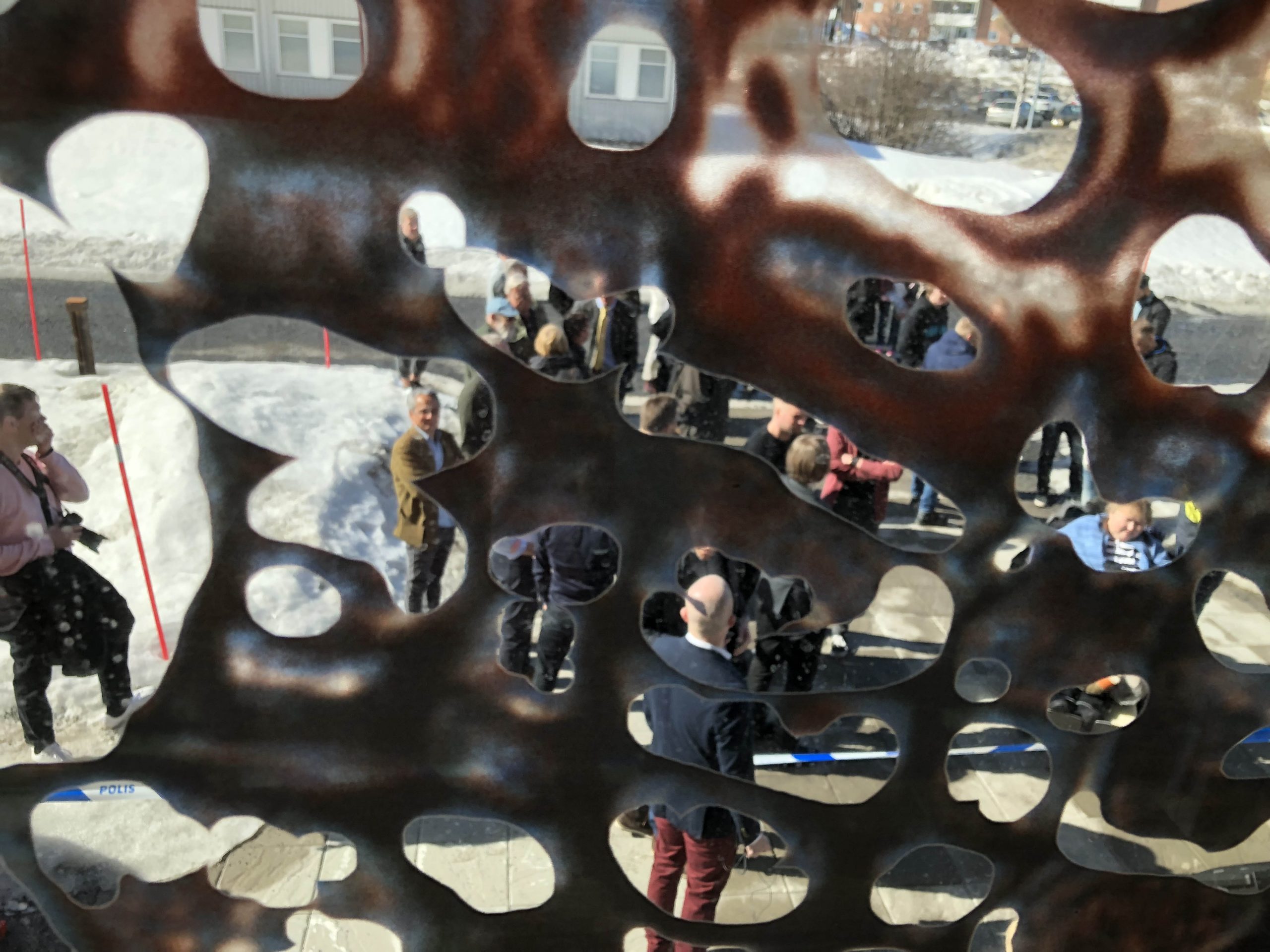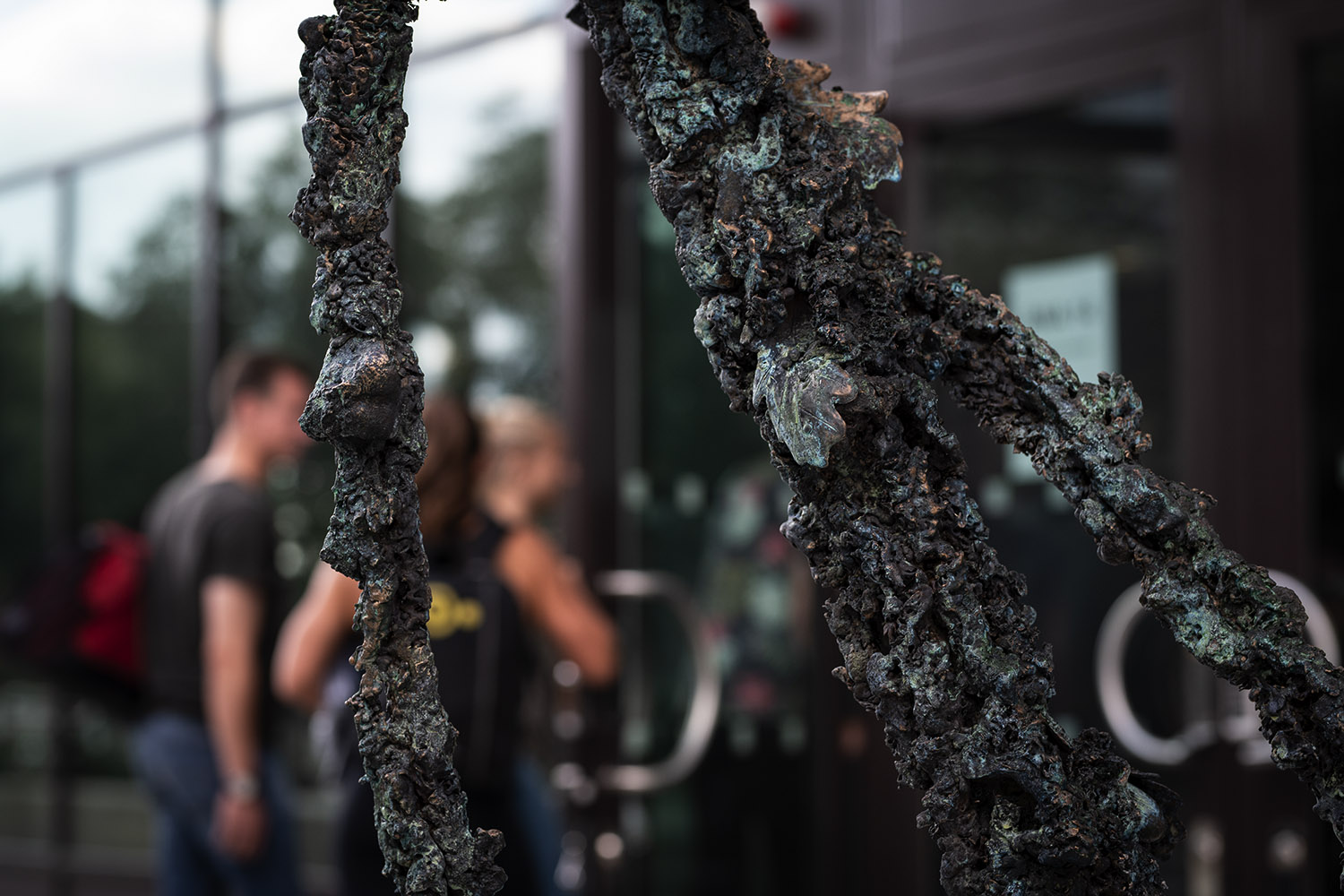Advisory group, steering group or working group? Working together in a group can have many names. However, the common denominator is that when different experts collaborate, the whole will be greater than the sum of its parts. Here you can read about how to appoint an advisory group tasked with developing a successful artistic project.


Appointing an Advisory Group
In most public art projects, art project managers/curators and artists work together with advisory groups, that is, groups composed of representatives of the project’s interested parties, including its commissioner, architect and users. These groups are usually appointed by the art project manager/curator, or the project’s initiator. When appointing an advisory group, it is a good idea to identify what kind of expertise, in addition to artistic expertise, that is relevant for the project, and the group’s mandate to make decisions. This is especially important in projects with small advisory groups.
For large and complex projects, the advisory group is usually divided into a combination of steering groups – that make decisive financial and strategic decisions – and working groups that provide support to the artist during the work.
The Task of the Advisory Group
An important task of the advisory group is being a resource for the art project, throughout the entire process, to timely inform of changes that may affect the artistic intervention and being transparent about the financial and technical requirements. Another central task for the advisory group is to serve as a sounding board for the art project manager/curator when developing the basic concept or the art programme and at the selection of artists. If the art project is introduced at a late stage in a building process it is vitally important for the art project manager’s work on the art programme and for the artist that the expert members of the advisory group share important fundamental documents that may already be available and that are required for achieving a high-quality result. These may be preliminary studies, programming documents and technical drawings.
The Composition of an Advisory Group
A successful advisory group/working group usually consists of a wide range of experts. Not just art experts but also people with in-depth knowledge of the kind of life and activities that exist or will exist on the site – its users, local community, architecture, cultural heritage, design, installations, management and maintenance, etc. In large municipalities and regions, each of these fields of expertise may have their dedicated expert. In smaller municipalities, a single expert may be responsible for all fields.
A group with a broad representation of expertise may, early in the process, address and correct technical challenges and requirements without incurring additional costs, and different interests may be identified and managed without problems. If, at an early stage, one recognises different driving forces and jointly discusses how to solve potential conflicts of interest, one is more likely to define who will be contributing what in the process. This leads to a better end result and to a more robust project that is equipped to face challenges in the course of the process.
Decisions on Artistic Grounds
It is crucial for a successful artistic result that decisions in matters concerning the artistic intervention are made on artistic grounds. This applies regardless of whether all decisions will be made by an advisory group, or by a combination of a steering group and a working group. It is also important, early in the process, to decide who will make the decisions.
In large groups where the artistic experts are in a minority, there is a possibility to work with an artistic council, or an artistically competent reference group. Artistic expertise includes artists and other artistically creative professionals such as architects, landscape architects, curators, art historians, cultural heritage specialists and other professionals with experience of artistic work. Such an external reference group is particularly important when it is time to make decisions regarding sites and artists. If these decisions are not made on an artistic basis, there is a risk for compromises that will lock in the process at a too early stage and restrict the freedom of the artist to develop their ideas, which, unintentionally, will diminish the project’s artistic and long-term sustainable qualities. For this reason it is of central importance that every advisory group comprises at least one member who is responsible for the artistic quality throughout the project, either in the form of an art project manager/curator or someone who can work closely with external expertise.
The Many Roles of the Art Project Manager/Curator
The art project manager has several important roles throughout the project in addition to managing and being responsible for artistic quality. They include formulating the project’s basic concept and writing the art programme (brief or extensive), in consultation with the project leader, appointing an advisory group, allocating the decision-making power and, throughout the process, serving as as “translator” and coordinator between the artist’s and the project’s sometimes very different needs. Finally, but not least importantly – perhaps most importantly – to serve as the artist’s support and sounding board, and in collaboration with the artist be responsible for the artistic quality inspection throughout all phases of the project.
What Does an Advisory Group Do?
- An advisory group consists of various complementing experts and
- Serves as a support for the art process
- Participates in the selection of artist
- Contributes decision-aiding tools for the artistic intervention
- Prepares strategic direction decisions
- Prepares strategic budget decisions
